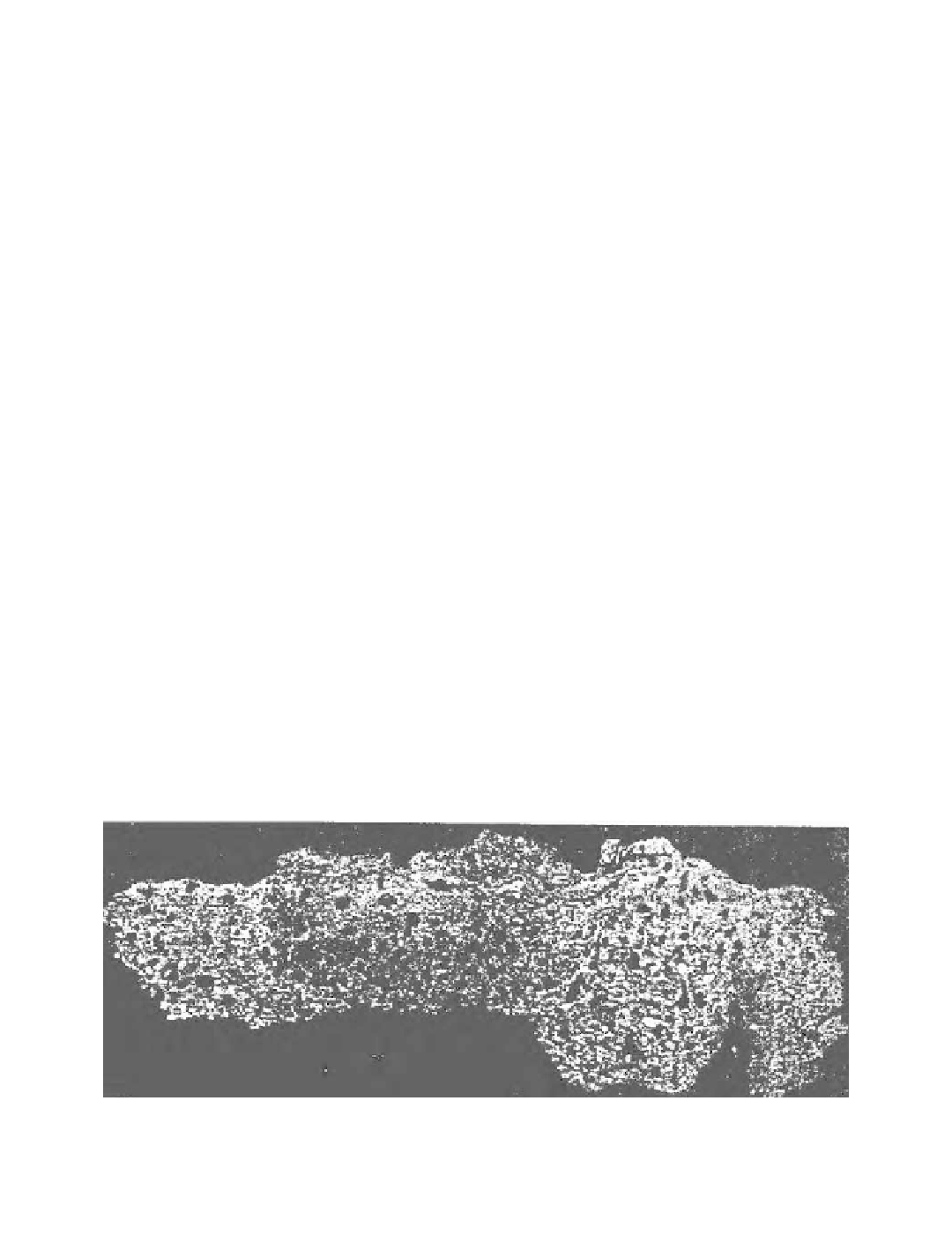Agriculture Reference
In-Depth Information
Linkages with International Soil Classification
Both plant classiÝcation and animal classiÝcation are world-uniform classiÝcations. Thus soil
classiÝcation should develop similarly. In addition to using the traditional diagnostic horizons and
diagnostic characteristics, we had to create new ones, according to the same principles and methods,
to meet our speciÝc needs. Despite these additional horizons, higher categories in our system can
still be compared with those of Soil Taxonomy, FAO/UNESCO map units, and WRB. We have
tried to retain the international nomenclature as much as possible and retained the following terms:
Histosols, Anthrosols, Spodosols, Andosols, Ferralosols, Vertosols, Aridosols, Halosols, Gleyosols,
Isohumosols, Ferrosols, Argosols, Cambosols, and Primosols.
Unique Features of the Soils of China
China is an ancient agricultural country in which the inÞuences of human activities
upon soil development is much greater in depth and intensity than that of any other country in the
world, especially for the paddy soils that occupy one-fourth of the total area of the world paddy
soils (Gong, 1986). Based on anthropogenic horizons as an anthrostagnic epipedon and hydragric
horizon, a Ýmic epipedon and phos-agric horizon, and a irragric epipedon or cumulic epipedon,
Anthrosols are grouped into Stagnic Anthrosols, Fimic Anthrosols, Cumulic Anthrosols, and Irragric
Anthrosols.
Anthrosols.
The soils are characterized by a long dry period, high aridity degree, and possession
of various types of special characteristics. Aridosols are identiÝed by the aridic epipedon (Figure
10.6) and one or more of the following diagnostic horizons: salic, hypersalic, salipan, gypsic,
hypergypsic, calcic, hypercalcic, calcicpan, argic, or cambic horizon, whose upper boundaries are
within 100 cm of the mineral soil surface (Eswaran and Gong, 1991).
Aridosols.
The soils possess the characteristics of strong leaching but not very strong
weathering under the inÞuence of monsoon climate. In tropical and subtropical China, there are
Ferrosols based on low activity clay (LAC) ferric horizon (diagnostic subsurface horizon), which
has low activity clays and is rich in free iron oxides (CEC
Subtropical soils.
= 24 cmol (+) kg;
free iron/total iron
-1
7
> 40%). Such soils occupy a total area of 2 million km
.
2
The soils resemble, but are not the same as, the arctic soils. Tibet area is called
the third polar, where the climate is cold and dry. The soils are classiÝed as Cryic Aridosols that
have a cryic soil temperature regime, and Gelic Cambosols that have both a cryic or colder soil
temperature regime and frost-thawic features (Gong and Gu, 1989).
Alpine soils.
Figure 10.6
Thin section photo (_ 2.1) of vesicular crust (black parts being vesicles) of the aridic epipedon,
0-1.5(2) cm (Miquan, Xinjiang). (From Cao and Lei, 1995. With permission.)



















